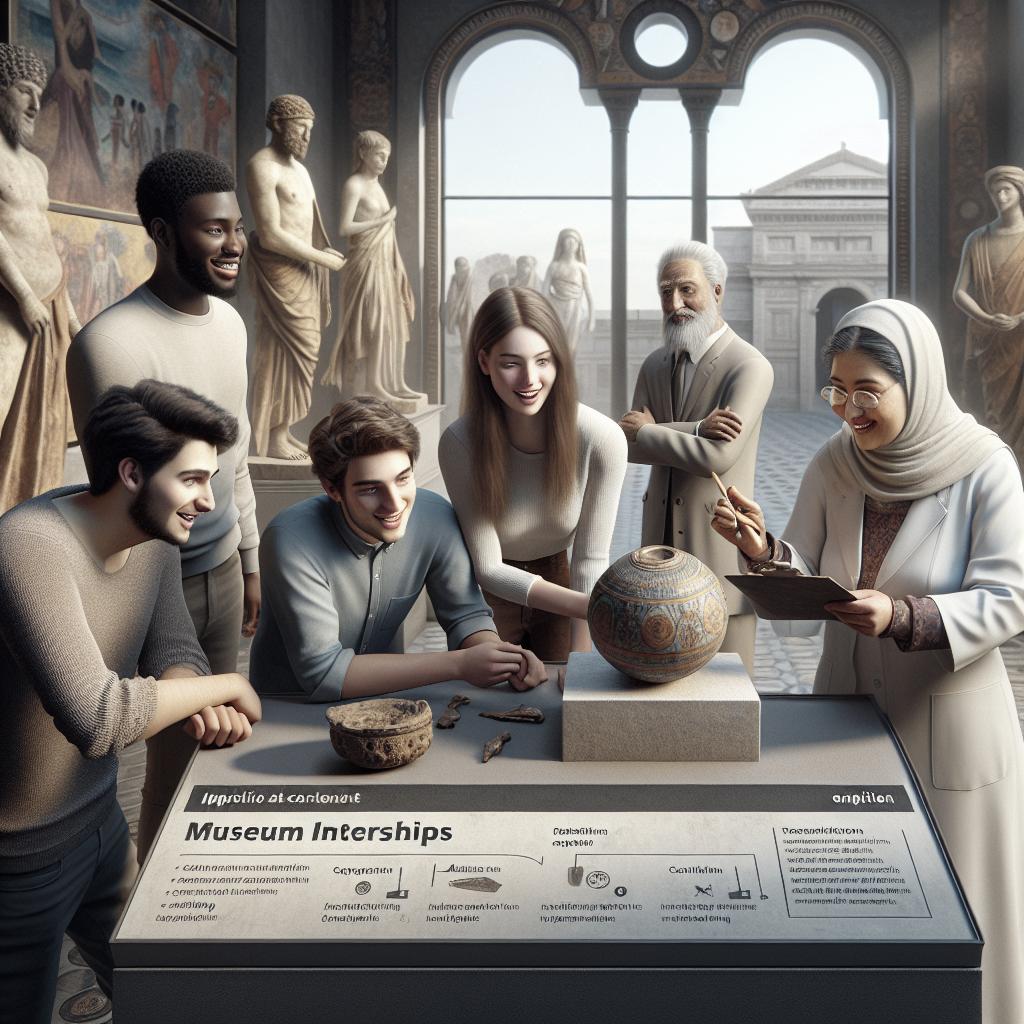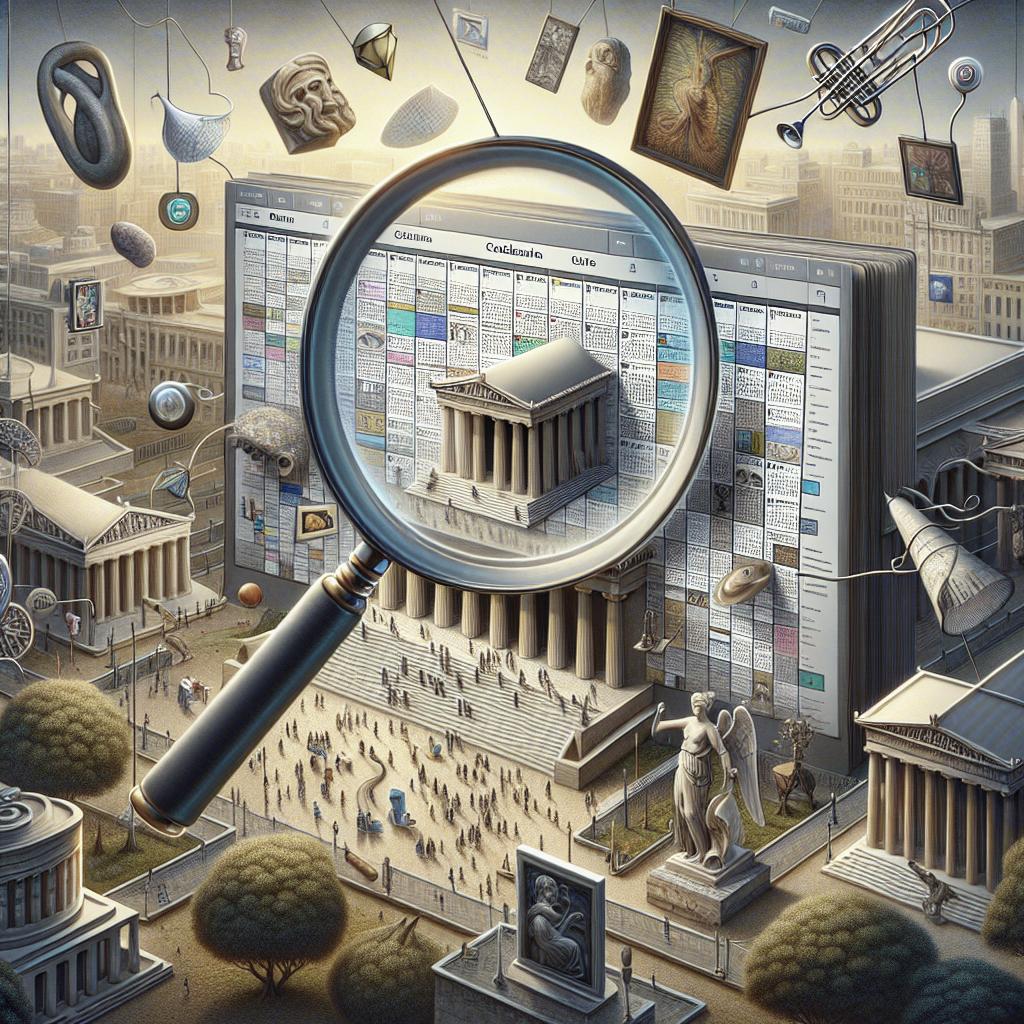Museums offer unique opportunities for students and recent graduates looking to immerse themselves in history, art, and culture while gaining professional experience. Securing an internship at a museum can be the gateway to a fulfilling career in museum curation, academia, cultural management, and more. This blog post will outline the myriad benefits of museum internships, highlight the advantage of opting for accredited programs, and delve into the prospects and advantages of paid internships. By the end of this guide, you’ll have a comprehensive understanding of how to pursue these valuable opportunities and the steps necessary to get started.
Benefits
One of the foremost benefits of undertaking a museum internship is the hands-on experience it provides. Interning at a reputable museum allows you to engage directly with historical artifacts, art pieces, or scientific exhibits. This practical exposure is invaluable as it enables you to apply theoretical knowledge from your studies in real-world settings. Moreover, interacting with experienced professionals in the field allows you to learn best practices and industry standards. Networking is another significant advantage. Museums often serve as hubs for academics, donors, artists, and historians. By becoming part of this ecosystem, you can build professional relationships that might lead to future job opportunities or collaborations. Moreover, having a museum internship on your resume makes you more attractive to future employers, as it shows that you have a specialized interest and experience in cultural heritage or science communication. Lastly, internships can serve as a trial period to determine if this career is the right fit for you. You’ll get to experience different aspects of museum operations—from curating exhibitions to educational programming, visitor services, and even archive management. This variety allows you to find out which area aligns best with your career goals, creating a more targeted job search post-internship.
Accredited Internships
Accredited internships offer a double advantage: they provide real-world experience and contribute towards academic credit. These internships are often structured to meet specific educational criteria, ensuring that the work you do is meaningful and contributes to your professional development. Universities often have partnerships with museums, which can ease the application process and provide a more streamlined path to securing an internship. Accredited internships typically come with an academic advisor who will oversee your progress and ensure that the internship meets the required academic standards. This additional layer of guidance can be especially beneficial, providing you with a mentor to help navigate challenges and make the most of the experience. Furthermore, accredited programs often come with additional resources, such as workshops or seminars, that can enrich your learning experience. In addition, completing an accredited internship can offer a sense of accomplishment and an extra credential on your resume. Academic institutions may require a final report or presentation summarizing your experience and what you’ve learned. This deliverable can serve as an excellent portfolio piece, showcasing your analytical and research skills to future employers.
Paid Internships
The most compelling aspect of paid internships is the financial relief they provide. For many students and recent graduates, unpaid internships are not feasible, making paid options highly attractive. These internships ensure you can focus on gaining professional experience without the added stress of financial strain. Paid internships demonstrate the museum’s commitment to valuing the labor and time of their interns, thereby creating a more equitable and inclusive opportunity for all. Moreover, paid internships often come with more robust training and development programs. Since the museum is investing in you, they likely have structured programs aimed at maximizing your contribution to their projects while ensuring you gain valuable skills. Whether it’s specialized software training, curatorial practices, or public speaking skills, the added resources and formalized structure can greatly enhance your internship experience. Lastly, securing a paid internship can often lead to full-time employment. Museums are more likely to hire interns they have already invested in, as these interns already understand the institutional culture and workflow. Even if a full-time position isn’t immediately available, the professional relationships you build during a paid internship can pave the way for future job opportunities, either at the same museum or within the network of museum professionals. Next Steps:
| Category | Key Points |
|---|---|
| Benefits | Hands-on experience, networking, career trial period |
| Accredited Internships | Structured, academic credit, university partnerships, academic advisor oversight |
| Paid Internships | Financial relief, structured training, potential for full-time employment |
By understanding the multifaceted benefits of museum internships along with the particular advantages of accredited and paid programs, you can strategically position yourself to make the most of these opportunities. Taking the next steps towards applying can open doors to a rewarding career, rich in cultural and historical engagement.


